Over the age of 45, nearly half of us are now on 3 or more drugs every day of the year where as in the 1980 a very few of us were on any drugs at all. However, far from transforming our prospects for the better, these new treatments are compromising our quality of life, increasing health service costs by leading to more hospitalizations, and shortening our lives – all because we are taking too many of them at the same time, writes David Healy.
When reflecting on evidence that Solvadi looked like a cure for hepatitis, a 2018 Goldman Sach’s report noted that curing patients is not a good business model (1). Solvadi’s benefits for this debilitating disorder had led Gilead to price it at $80,000 per year. Most patients with this disease, however, lived in developing countries and few could afford these prices. A clamour led the price to tank. This situation was very similar to the discovery in the 1990s that Triple Therapy was close to a cure for AIDS, which also led to calls for its price to drop to the point where wealthy donor countries could afford to buy and donate it to save African lives.
Besides Solvadi, there has arguably been only one other drug since Triple Therapy that has convincingly saved lives, Gleevec, a cancer chemotherapy. Not only are lives not being saved but even before Covid, life expectancies were falling in an increasing number of developed countries. One of the factors in this has to be the increasing number of drugs we are all on (2).
Drugs are a front for what pharmaceutical companies do more successfully than any other company, which is to make money. If not from saving lives, where does the money come from?
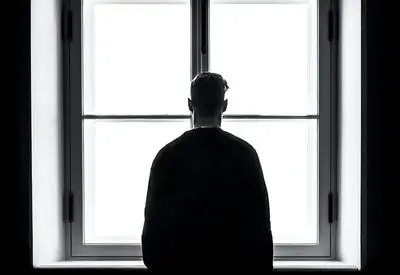 SUGGESTED READING
How modern medicine became dangerous
By David Healy
Triple Therapy for AIDS was an anomaly even in the 1990s. By then companies had realized the money lay in treating people who were well, not in saving lives. Comparatively few people had life-threatening diseases, but everyone could be persuaded they were in danger from not just one risk but several. We were persuaded into treatments for minor amounts of normal variations in bone density, blood cholesterol, blood sugar or blood pressure levels, marginal reductions in peak airway flow rates, mild and transient mood disorders and now loss of focus. Over the age of 45, nearly half of us are now on 3 or more drugs every day of the year where as in the 1980 a very few of us were on any drugs at all. During the decades before and around Triple Therapy, company profits grew 20-fold from treating well people for possible risks.
SUGGESTED READING
How modern medicine became dangerous
By David Healy
Triple Therapy for AIDS was an anomaly even in the 1990s. By then companies had realized the money lay in treating people who were well, not in saving lives. Comparatively few people had life-threatening diseases, but everyone could be persuaded they were in danger from not just one risk but several. We were persuaded into treatments for minor amounts of normal variations in bone density, blood cholesterol, blood sugar or blood pressure levels, marginal reductions in peak airway flow rates, mild and transient mood disorders and now loss of focus. Over the age of 45, nearly half of us are now on 3 or more drugs every day of the year where as in the 1980 a very few of us were on any drugs at all. During the decades before and around Triple Therapy, company profits grew 20-fold from treating well people for possible risks.
___
There is little that is innovative about the molecular entities being made. The innovations primarily lie in the engineering of the information we, and our doctors, and the media receive.
___
New drugs come onstream the whole time, more than before, so we are not failing at bringing new drugs to market. Far from transforming our prospects for the better, however, these new treatments are compromising our quality of life, increasing health service costs by leading to more hospitalizations, and shortening our lives – all because we are taking too many of them at the same time. (3)







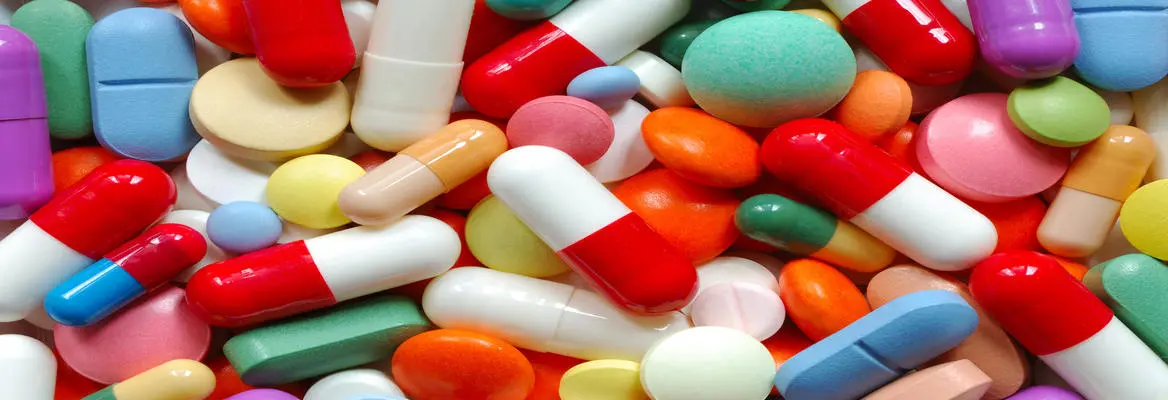
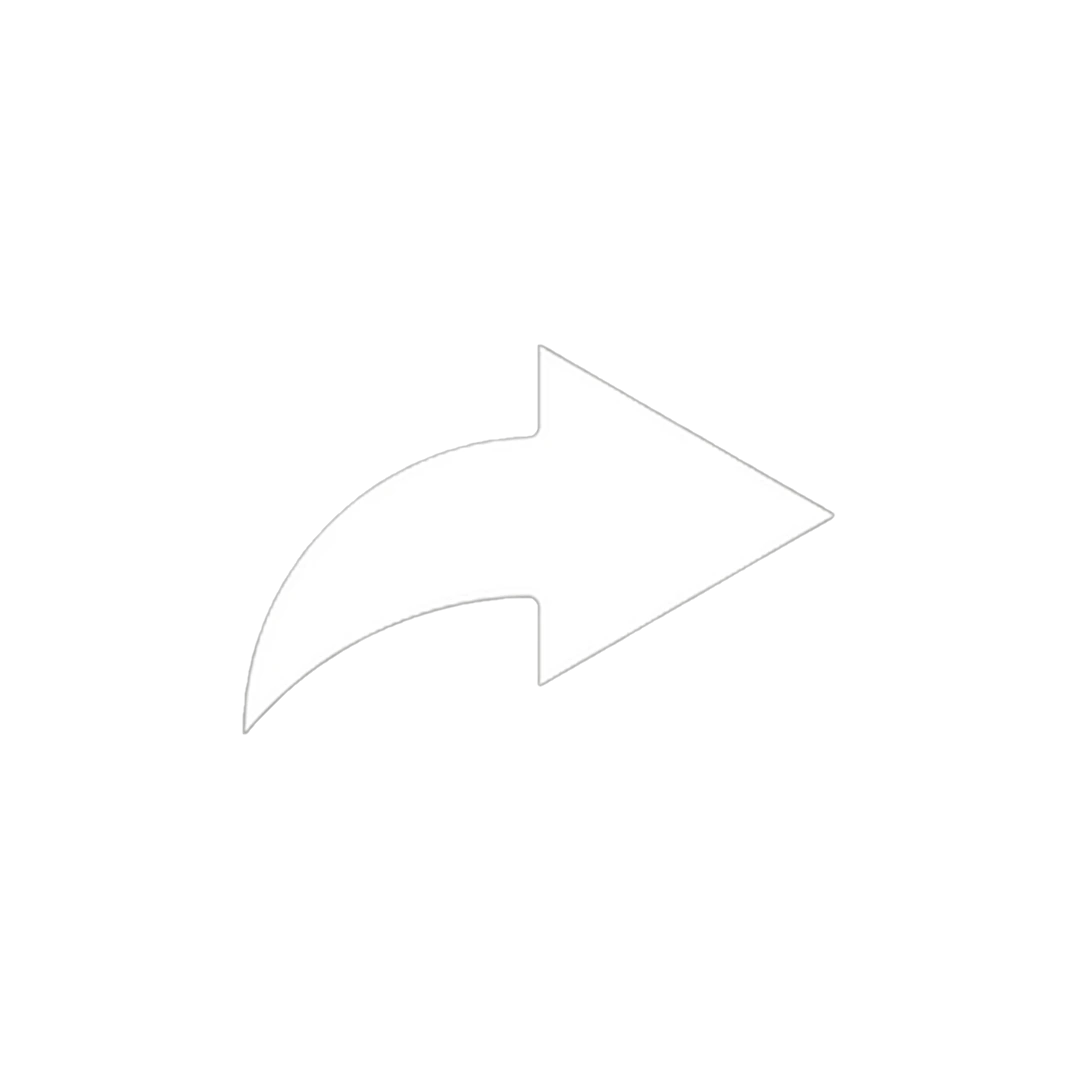








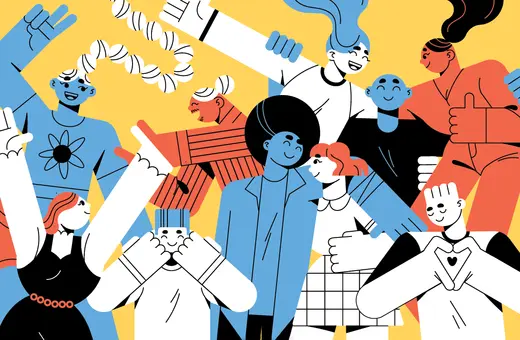

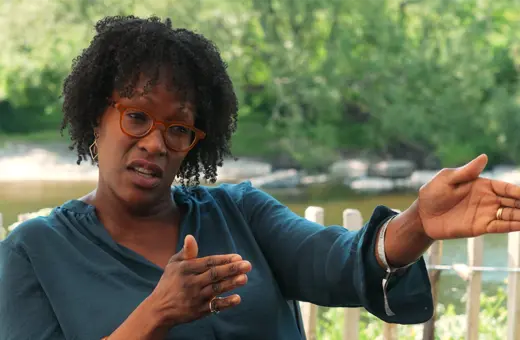
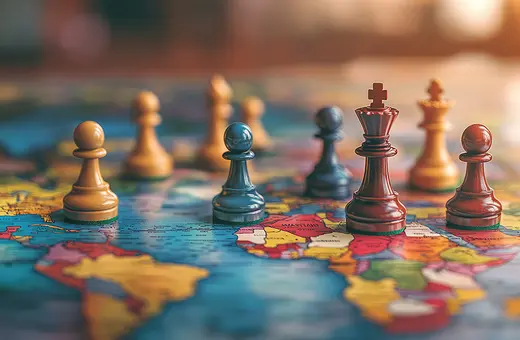
Join the conversation